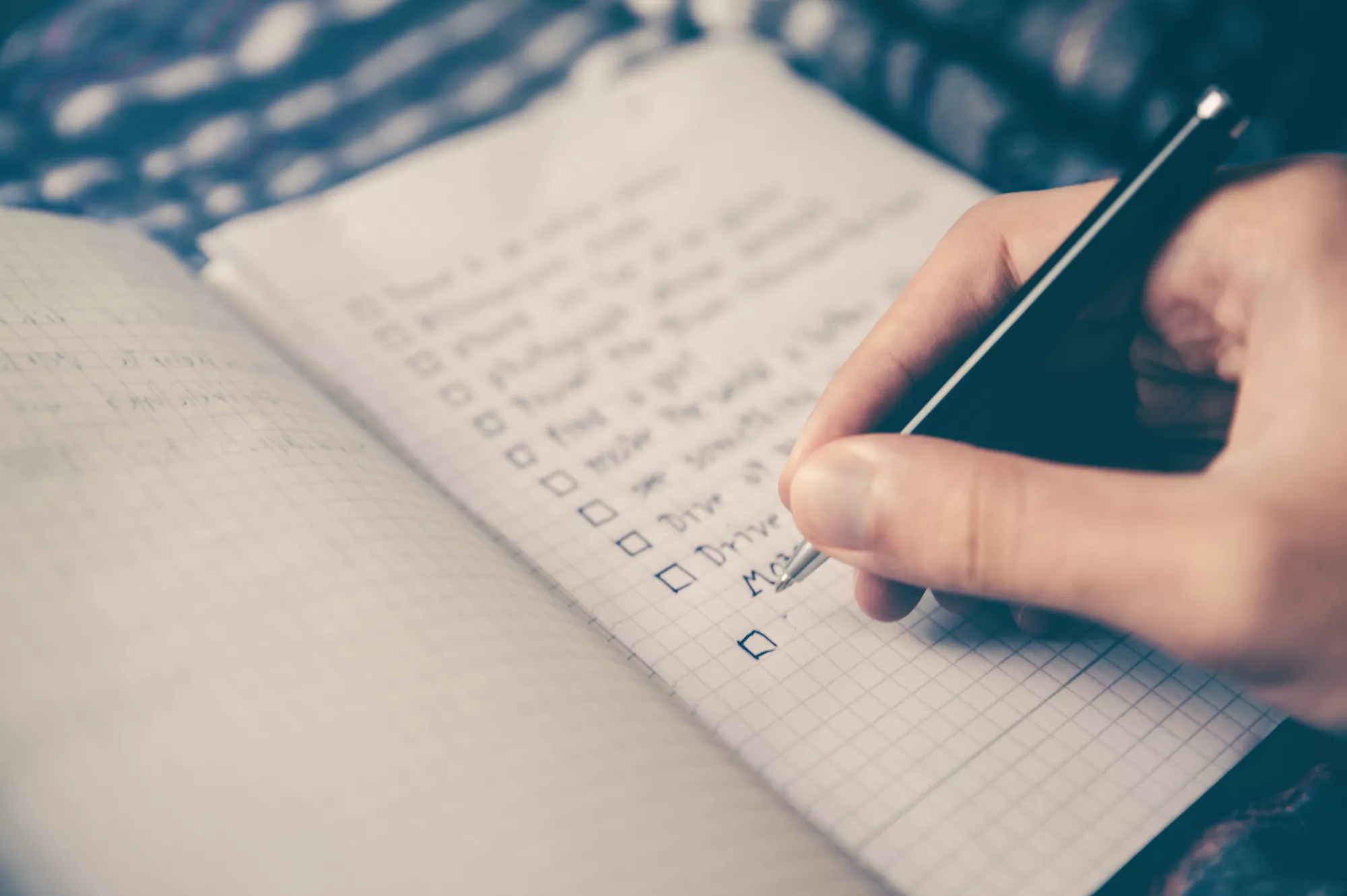If you really want something to happen, you have to make it important to yourself. First establish your priorities and then turn this into a priority list.
Before you go to sleep at night, write down what your priorities - actions, but also, for example, good intentions or values - are for the next day. Or make writing a priority list part of your morning routine. And note: this is different from a to-do list.
What may be on your priority list?
Ideally, in the evening you jot down what your main points are for the next day. These can be very practical actions - answering an important email, reading a play - but also more value-driven resolutions.
Doing it in the evening clears your head, allowing you to go to sleep more peacefully. If you're too tired for it, do it first thing in the morning as part of your morning routine. Then you'll set the tone for the day.
Note that this is not a to-do list, but a priority list. A to-do list is what you think you need to do. A priority list contains what you think is important to do. Canadian research has shown that people who dwell on their own personal values every day, be happier than people who are primarily concerned with what life asks of them from day to day. This is why it is important to get clear on what you really care about right now.
Don't make the list too long, look at it every morning, and stick to it. If you get the things done that are most important to you, every extra action is pure profit.
The "positive no"
Keep your priority list short. Put on it only things that make a difference to you. It is good to realize that behind everything you put on your priority list, there are a thousand things not on it.
Consciously or unconsciously, you say no to things that do not move you forward or do not energize you, so that you create space for what matters to you. This concept has become known as the "positive no. This video explains more about it:



